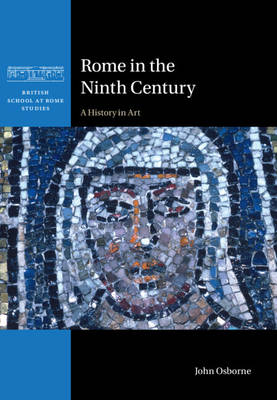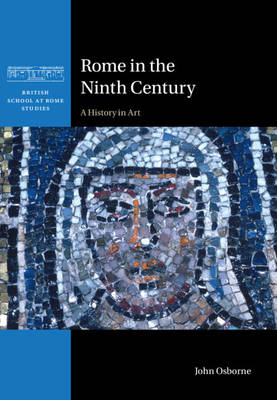
Door een staking bij bpost kan je online bestelling op dit moment iets langer onderweg zijn dan voorzien. Dringend iets nodig? Onze winkels ontvangen jou met open armen!
- Afhalen na 1 uur in een winkel met voorraad
- Gratis thuislevering in België vanaf € 30
- Ruim aanbod met 7 miljoen producten
Door een staking bij bpost kan je online bestelling op dit moment iets langer onderweg zijn dan voorzien. Dringend iets nodig? Onze winkels ontvangen jou met open armen!
- Afhalen na 1 uur in een winkel met voorraad
- Gratis thuislevering in België vanaf € 30
- Ruim aanbod met 7 miljoen producten
Zoeken
Omschrijving
Intended as a sequel to Rome in the Eighth Century (Cambridge, 2020), this survey of the material culture of the city of Rome spans the period from the imperial coronation of Charlemagne in 800 to the nadir of the fortunes of the Roman Church a century later. The evidence of standing buildings, objects, historical documents, and archaeology is brought together to create an integrated picture of the political, economic, and cultural situation in the city over this period, one characterized initially by substantial wealth resulting in enormous patronage of art and architecture, but then followed by almost total impoverishment and collapse. John Osborne also attempts to correct the widespread notion that the Franco-papal alliance of the late eighth century led to a political and cultural break between Rome and the broader cultural world of the Christian eastern Mediterranean. Beautifully illustrated, this book is essential for everyone interested in medieval Rome.
Specificaties
Betrokkenen
- Auteur(s):
- Uitgeverij:
Inhoud
- Aantal bladzijden:
- 348
- Taal:
- Engels
- Reeks:
Eigenschappen
- Productcode (EAN):
- 9781009415378
- Verschijningsdatum:
- 14/12/2023
- Uitvoering:
- Hardcover
- Formaat:
- Genaaid
- Afmetingen:
- 170 mm x 246 mm
- Gewicht:
- 861 g

Alleen bij Standaard Boekhandel
+ 317 punten op je klantenkaart van Standaard Boekhandel
Beoordelingen
We publiceren alleen reviews die voldoen aan de voorwaarden voor reviews. Bekijk onze voorwaarden voor reviews.











